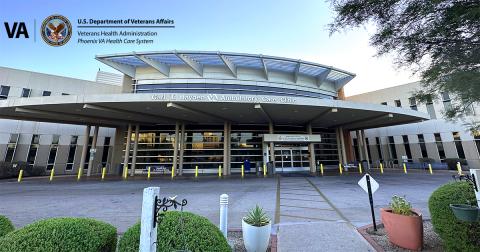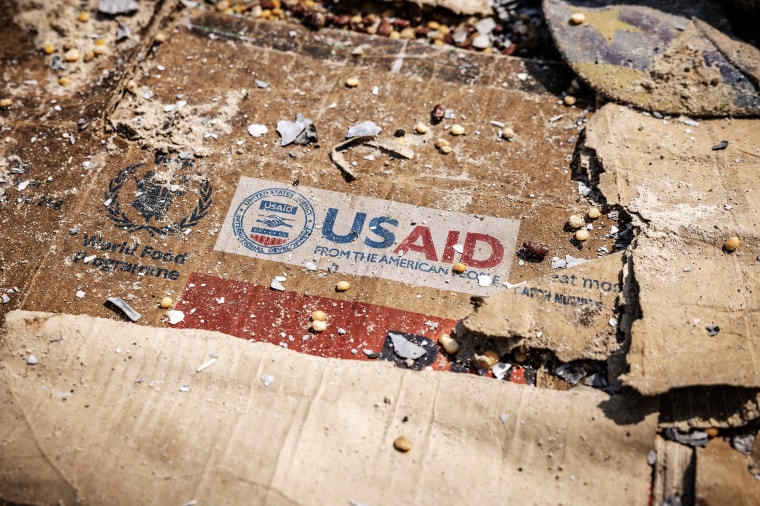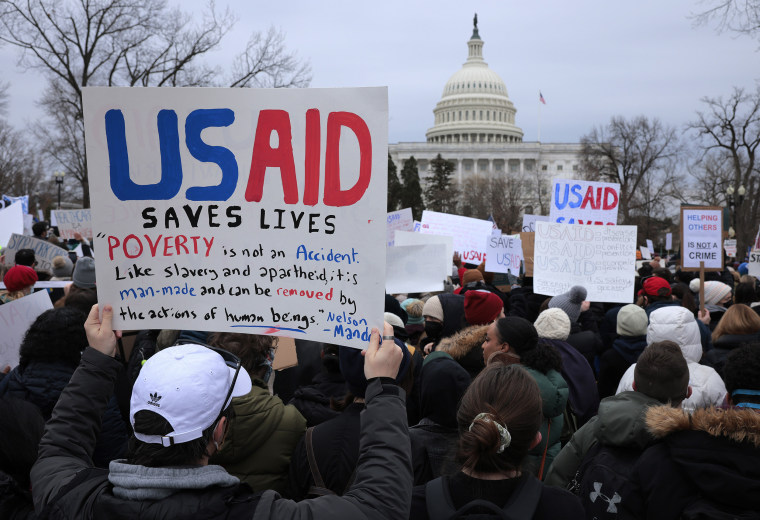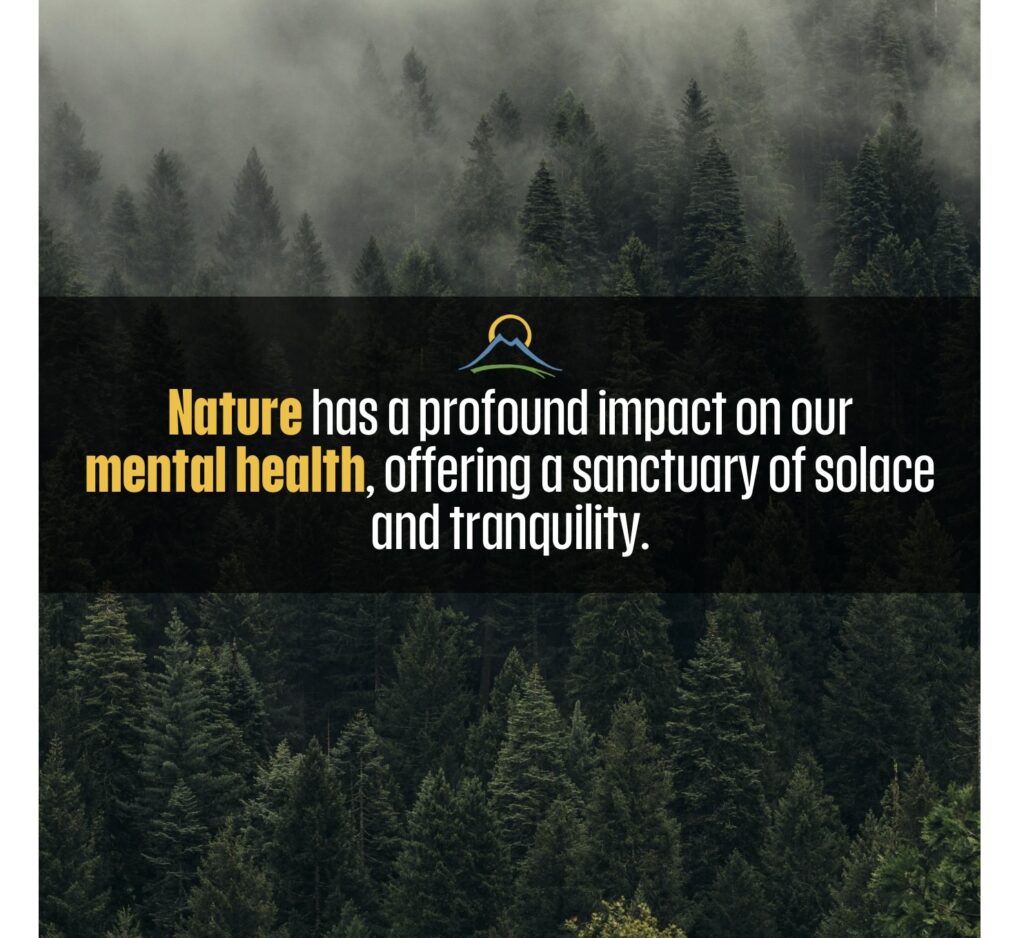Report on Specialty and Sustainable Development Goals (SDGs)
Introduction
This report examines the concept of specialty within the context of healthcare and its alignment with the Sustainable Development Goals (SDGs). Emphasis is placed on how specialty areas contribute to achieving specific SDGs, promoting health, well-being, and sustainable development.
Specialty Overview
Specialty refers to a distinct branch of medical practice focused on a particular area of health or disease. Specialists play a critical role in advancing healthcare quality and accessibility, which directly supports several SDGs.
Relevance to Sustainable Development Goals
- SDG 3: Good Health and Well-being
- Specialists improve disease diagnosis, treatment, and management.
- Enhance healthcare systems by providing expert knowledge and skills.
- Support universal health coverage and reduce mortality rates.
- SDG 4: Quality Education
- Specialty training programs contribute to quality medical education.
- Promote continuous professional development and knowledge dissemination.
- SDG 10: Reduced Inequalities
- Specialists help address health disparities by targeting underserved populations.
- Improve access to specialized care in remote and marginalized communities.
Conclusion
Specialty in healthcare is integral to achieving multiple Sustainable Development Goals, particularly those related to health, education, and equality. Strengthening specialty services and education is essential for sustainable development and improving global health outcomes.
1. Sustainable Development Goals (SDGs) Addressed or Connected
- SDG 3: Good Health and Well-being
- The article includes an image related to health, indicating a focus on health outcomes.
- SDG 6: Clean Water and Sanitation
- The presence of a river image suggests issues related to water quality and sanitation.
- SDG 15: Life on Land
- The river ecosystem depicted may relate to biodiversity and ecosystem health.
2. Specific Targets Under Those SDGs
- SDG 3 – Target 3.9: Reduce the number of deaths and illnesses from hazardous chemicals and air, water, and soil pollution and contamination.
- SDG 6 – Target 6.3: Improve water quality by reducing pollution, eliminating dumping, and minimizing release of hazardous chemicals and materials.
- SDG 15 – Target 15.1: Ensure the conservation, restoration, and sustainable use of terrestrial and inland freshwater ecosystems and their services.
3. Indicators Mentioned or Implied to Measure Progress
- Indicator 3.9.1: Mortality rate attributed to household and ambient air pollution, water pollution, and soil pollution.
- Indicator 6.3.2: Proportion of bodies of water with good ambient water quality.
- Indicator 15.1.1: Forest area as a proportion of total land area and the health of freshwater ecosystems.
4. Table: SDGs, Targets and Indicators
| SDGs | Targets | Indicators |
|---|---|---|
| SDG 3: Good Health and Well-being | 3.9: Reduce deaths and illnesses from pollution and contamination | 3.9.1: Mortality rate attributed to pollution |
| SDG 6: Clean Water and Sanitation | 6.3: Improve water quality by reducing pollution | 6.3.2: Proportion of bodies of water with good ambient water quality |
| SDG 15: Life on Land | 15.1: Conserve and restore terrestrial and freshwater ecosystems | 15.1.1: Forest area and health of freshwater ecosystems |
Source: cureus.com







